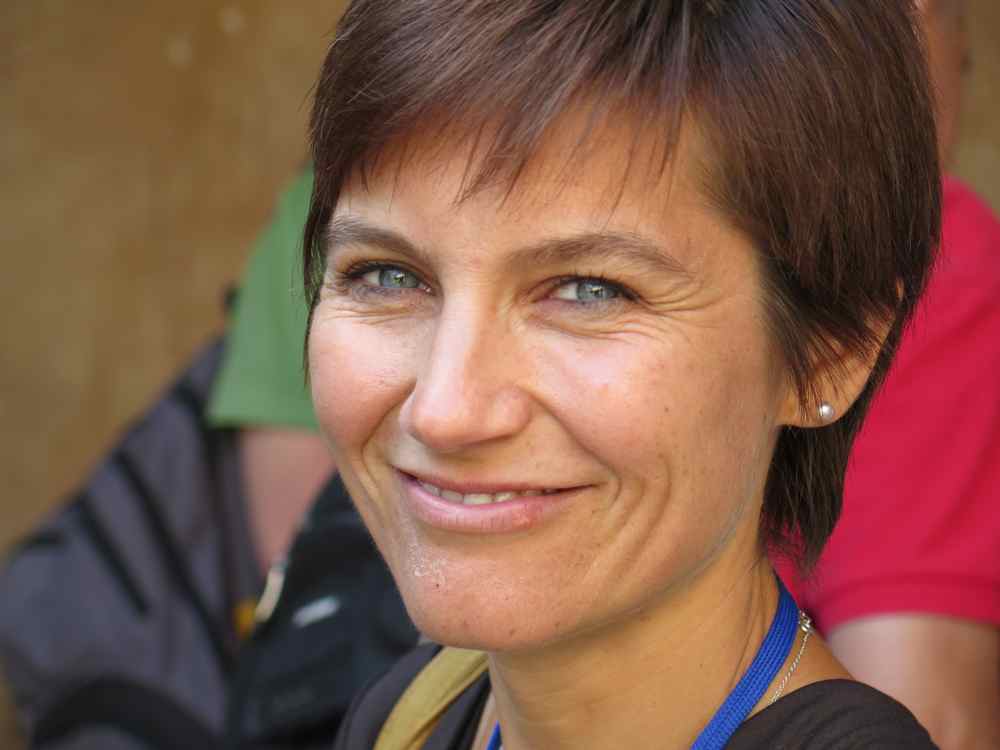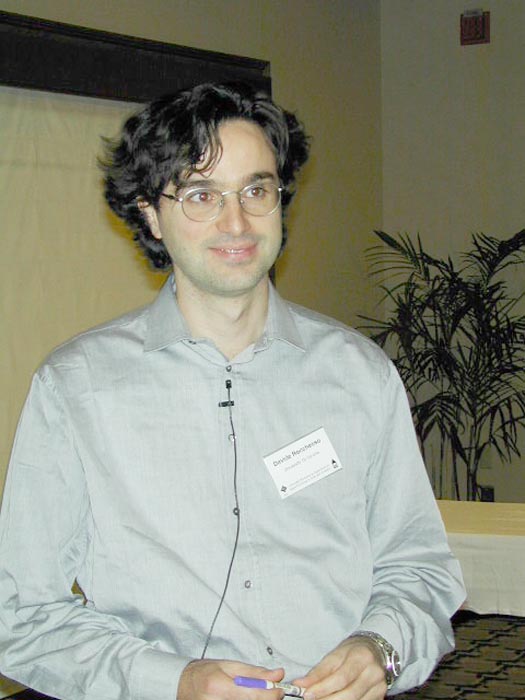Studying at the University of Verona
Here you can find information on the organisational aspects of the Programme, lecture timetables, learning activities and useful contact details for your time at the University, from enrolment to graduation.
Academic calendar
The academic calendar shows the deadlines and scheduled events that are relevant to students, teaching and technical-administrative staff of the University. Public holidays and University closures are also indicated. The academic year normally begins on 1 October each year and ends on 30 September of the following year.
Course calendar
The Academic Calendar sets out the degree programme lecture and exam timetables, as well as the relevant university closure dates..
For the year 2001/2002 No calendar yet available
Exam calendar
Exam dates and rounds are managed by the relevant Science and Engineering Teaching and Student Services Unit.
To view all the exam sessions available, please use the Exam dashboard on ESSE3.
If you forgot your login details or have problems logging in, please contact the relevant IT HelpDesk, or check the login details recovery web page.
Academic staff
Azzoni Paolo
 azzoni@sci.univr.it
azzoni@sci.univr.it
 +39 045 802 7062
+39 045 802 7062
Burattini Emilio
 emilio.burattini@univr.it
emilio.burattini@univr.it
 nome.cognome[at]uniud.it
nome.cognome[at]uniud.it
 gino.mariotto@univr.it
gino.mariotto@univr.it

Martignano Maurizio
 maurizio.martignano@esa.int
maurizio.martignano@esa.int
 +31715656749
+31715656749
 angelo.pica@univr.it
angelo.pica@univr.it
Piccinini Nicola
 piccinini@sci.univr.it
piccinini@sci.univr.it
 +39 349 7461319
+39 349 7461319
 davide.rocchesso@univr.it
davide.rocchesso@univr.it

Scollo Giuseppe
 giuseppe . scollo at univr . it
giuseppe . scollo at univr . it
 045 802 7940
045 802 7940
Study Plan
The Study Plan includes all modules, teaching and learning activities that each student will need to undertake during their time at the University.
Please select your Study Plan based on your enrollment year.
The Study plan 2001/2002 will be available by April 2nd. While waiting for it to be published, consult the Study plan for the current academic year at the following link.
Legend | Type of training activity (TTA)
TAF (Type of Educational Activity) All courses and activities are classified into different types of educational activities, indicated by a letter.
Human-computer Interaction Complements (2004/2005)
Teaching code
4S00070
Teacher
Credits
5
Also offered in courses:
- Human-computer Interaction Complements of the course Bachelor in Computer Science (old system)
Language
Italian
Scientific Disciplinary Sector (SSD)
INF/01 - INFORMATICS
Period
Third four-month term dal Apr 11, 2005 al Jun 10, 2005.
Location
VERONA
Learning outcomes
Il corso di Complementi di Interazione Uomo-Macchina intende offrire una conoscenza approfondita di alcuni metodi per la progettazione e valutazione di sistemi interattivi e multimodali.
Program
elle lezioni si intendono affrontare i seguenti argomenti:
*
Richiamo dei prerequisiti da "Interazione uomo-macchina e multimedia". (Physical) Interaction Design: definizione.
*
Prototipi di sistemi audio-visuali interattivi: la piattaforma pure-data (pd).
*
Prototipi di sistemi audio-visuali interattivi: estensioni openGL di pd (GEM), gui toolkit per pd (GrIPD).
*
Analisi dei requisiti. Progettazione. Prototipizzazione. User-centered design.
*
Sketches. Storyboarding. Il mezzo video come supporto all'interaction design.
*
Luogo dell'attenzione. Compiti simultanei. Modi e quasi modi. Bottoni, cursori, connessioni. Affordance.
*
Metodi di valutazione: generalita'.
*
Modelli predittivi: GOMS, keystroke modelling, Legge di Fitts e sue varianti.
*
Valutazione basata su metodi della psicologia sperimentale.
*
Metodi psicofisici.
*
Esempi: valutazione di dispositivi di input.
*
Icone visive ed uditive.
*
Visualizzazione: attenzione ed emergenza rapida di informazione (pre-attentive processing, textures, ecc.).
Glyphs e visualizzazione di dati multivariati. Display di attivita' umane (WebLog, ecc.).
*
Visualizzazione e Sonorizzazione: pattern statici e mobili.
*
Visualizzazione e Sonorizzazione: percezione e display di dati spaziali.
*
Interazione multimodale con le visualizzazioni e le sonorizzazioni.
*
Information appliances. Invisible/Disappearing Computing. Tangible Bits.
Il corso viene offerto al III quadrimestre del Corso di Laurea Specialistica
in Sistemi Intelligenti e Multimediali, e comporta 40 ore di lezione frontale.
| Author | Title | Publishing house | Year | ISBN | Notes |
|---|---|---|---|---|---|
| J. Preece, Y. Rogers, H. Sharp | Interaction Design (Edizione 1) | Wiley | 2002 | 047149278 |
Examination Methods
Lo studente e' incoraggiato, fin dalle fasi iniziali del corso, a proporre un progetto individuale che comprenda le fasi di design concettuale, progettazione, sviluppo, e valutazione di un prototipo. Alla fine del corso, lo studente dovra' presentare un
elaborato ed una dimostrazione relativi al progetto sviluppato. La valutazione di tale elaborato sara' integrata da quesiti sugli argomenti del corso.
Teaching materials e documents
-
 Modalità Esame
(html, it, 0 KB, 24/02/05)
Modalità Esame
(html, it, 0 KB, 24/02/05)
-
 Programma
(html, it, 7 KB, 24/02/05)
Programma
(html, it, 7 KB, 24/02/05)
Type D and Type F activities
Training offer to be defined
Career prospects
Module/Programme news
News for students
There you will find information, resources and services useful during your time at the University (Student’s exam record, your study plan on ESSE3, Distance Learning courses, university email account, office forms, administrative procedures, etc.). You can log into MyUnivr with your GIA login details: only in this way will you be able to receive notification of all the notices from your teachers and your secretariat via email and soon also via the Univr app.

























